Nationality German Role Photographer Period Contemporary art | Name Thomas Ruff Education Kunstakademie Dusseldorf Known for Photography | |
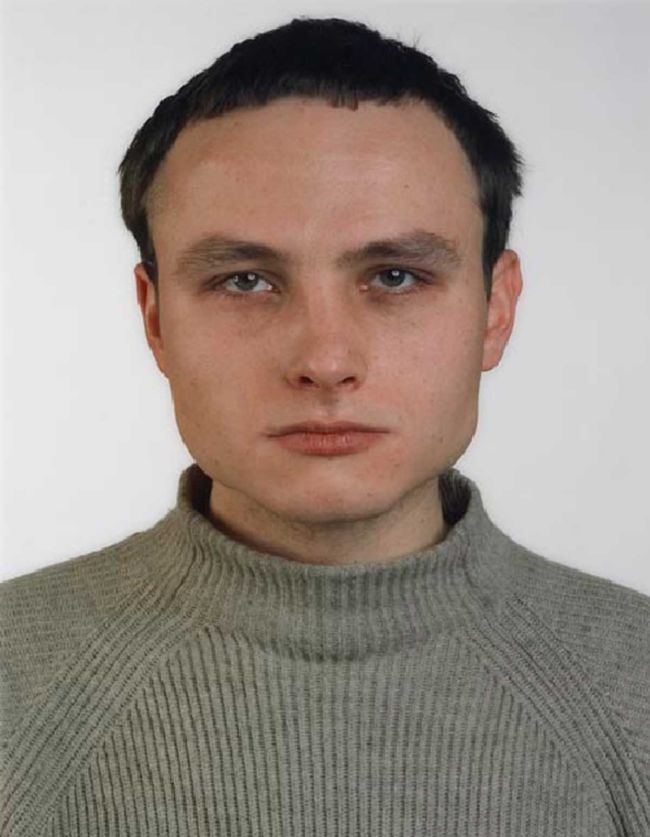 | ||
Movement Dusseldorf School of Photography Artwork d.p.b. 03, Nacht III, d.p.b. 07, d.p.b. 04, H.t.b.03, d.p.b. 05 | ||
Thomas ruff and his amazing camera less camera
Thomas Ruff (born 10 February 1958) is a German photographer who lives and works in Dusseldorf, Germany. He shares a studio on Dusseldorf's Hansaallee, with other German photographers Laurenz Berges, Andreas Gursky and Axel Hutte. The studio, a former municipal electricity station, was converted between 1998 and 2000 by architects Herzog & de Meuron, of Tate Modern fame, and updated with a basement gallery in 2011.
Contents
- Thomas ruff and his amazing camera less camera
- Thomas ruff is man alone interview associazione nel
- Early life and education
- Work
- Portraits
- Hauser
- Sterne Nacht and Zeitungsfotos
- Nudes
- Zycles cassini and mars
- Photograms
- Selected exhibitions
- Collections
- Selected publications
- Recognition
- Art market
- References
Thomas ruff is man alone interview associazione nel
Early life and education
Thomas Ruff, one of six children, was born in 1958 in Zell am Harmersbach in the Black Forest, Germany. In the summer of 1974, Ruff acquired his first camera and after attending an evening class in the basic techniques of photography he started to experiment, taking shots similar to those he had seen in many amateur photography magazines.
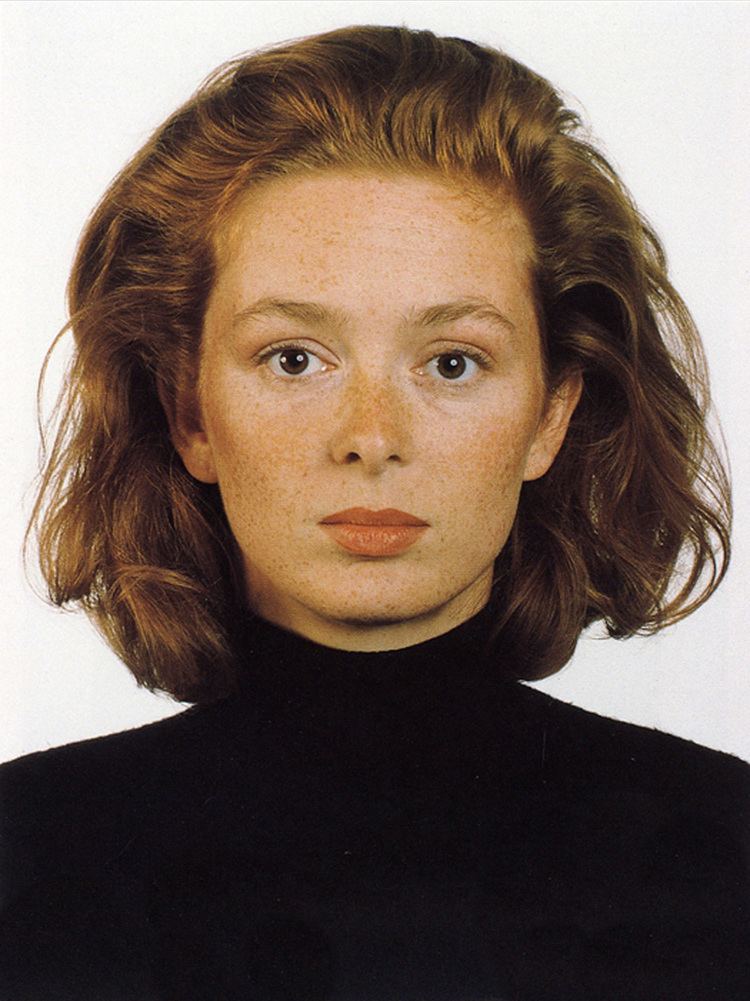
During his studies in Dusseldorf and inspired by the lectures of Benjamin HD Buchloh, Ruff developed his method of conceptual serial photography. Ruff began photographing landscapes, but while he was still a student he transitioned to the interiors of German living quarters, with typical features of the 1950s to 1970s. This was followed by similar views of buildings and portraits of friends and acquaintances from the Dusseldorf art and music scene, initially in small formats.

Ruff studied photography from 1977 to 1985 with Bernd and Hilla Becher at the Kunstakademie Dusseldorf (Dusseldorf Art Academy), where fellow students included the photographers Andreas Gursky, Candida Hofer, Thomas Struth, Angelika Wengler, and Petra Wunderlich. In 1982, he spent six months at the Cite Internationale des Arts in Paris. In 1993, he was a scholar at Villa Massimo in Rome.
Work
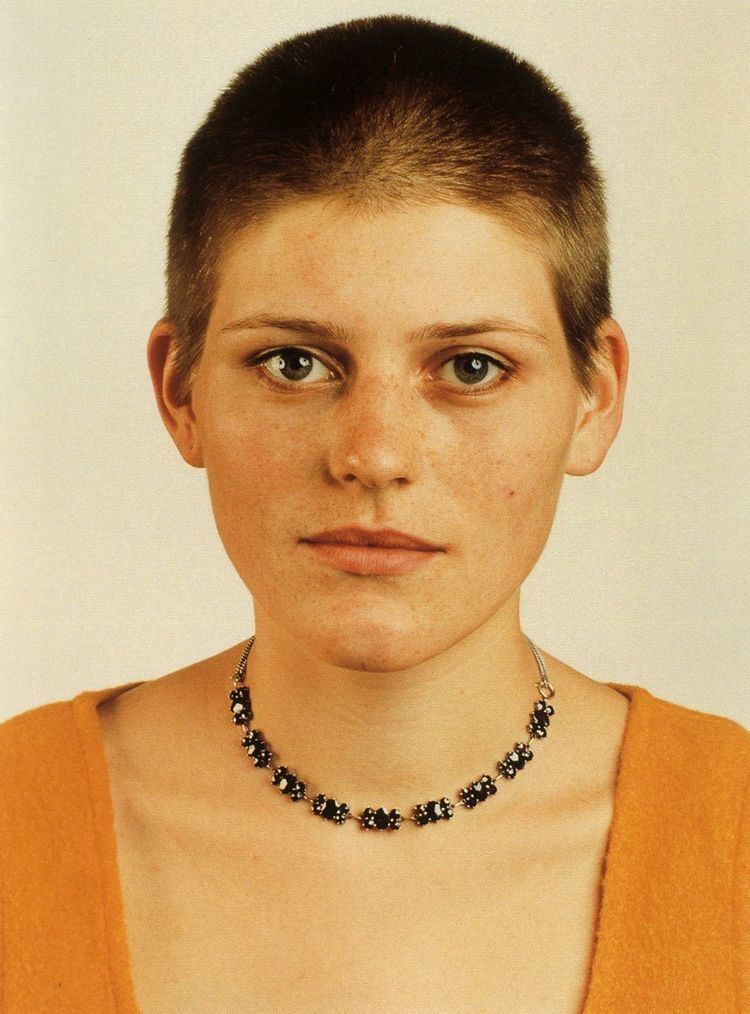
Commenting on his influences, Ruff said, "My teacher Bernd Becher, showed us photographs by Stephen Shore, Joel Meyerowitz and the new American colour photographers." He is often compared with other members of a prominent generation of European photographers that includes Thomas Struth, Andreas Gursky and Rineke Dijkstra. From 2000 to 2005, Ruff taught Photography at the Kunstakademie Dusseldorf.
Portraits
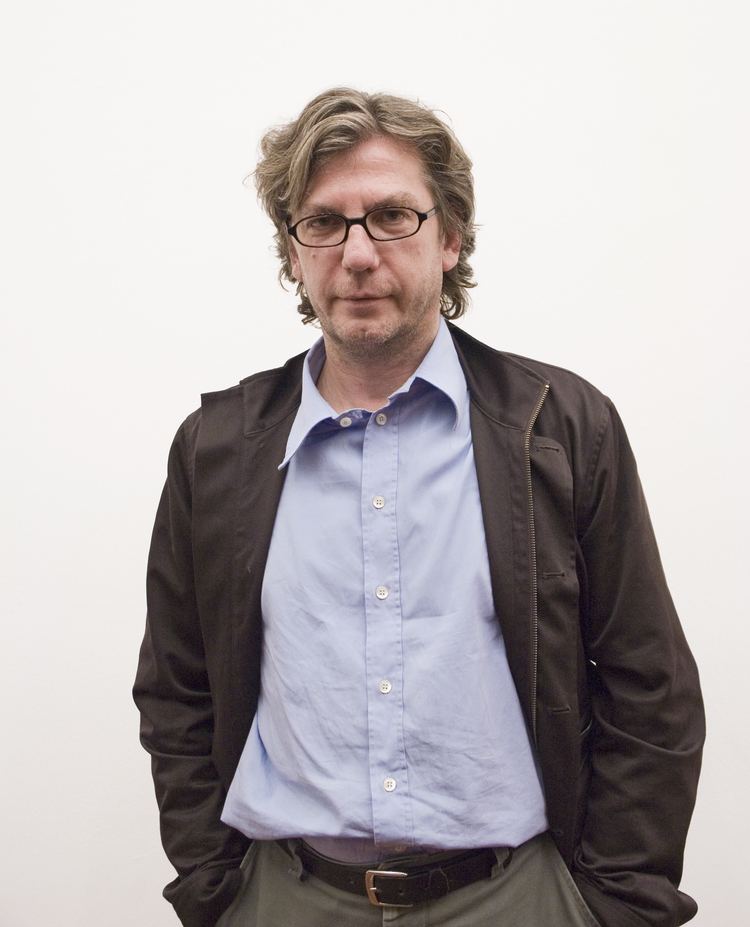
In his studio between 1981 and 1985, Ruff photographed 60 half-length portraits in the same manner: Passport-like images, with the upper edge of the photographs situated just above the hair, even lighting, the subject between 25 and 35 years old, taken with a 9 × 12 cm negative, and because of the use of a flash without any motion blur. The early portraits were black-and-white and small, but Ruff soon switched to color, using solid backgrounds in different colors; from a stack of colored card stock the sitter could choose one color, which then served as the background. The resulting Portraits depict the individual persons - often Ruff's fellow students - framed as in a passport photo, typically shown with emotionless expressions, sometimes face-on, sometimes in profile, and in front of a plain background. Ruff began to experiment with large-format printing in 1986, ultimately producing photographs up to seven by five feet in size (210 × 165 cm). By 1987 Ruff had distilled the project in several ways, settling on an almost exclusive use of the full frontal view and enlarging the finished work to monumental proportions. Art critic Charles Hagen, writing for the New York Times, commented: "Blown up to wall-size proportions, the photographs looked like gigantic banners of Eastern European dictators."
Because he found the effect of the colors too dominate in these, Ruff chose a light and neutral background for the portraits he made between 1986 and 1991. In a discussion with Philip Pocock (Journal for Contemporary Art, 1993), Ruff mentions a connection between his portraits and the police observation methods in Germany in the 1970s during the German Autumn. Indeed, while experimenting with composite faces in 1992, Ruff came across the Minolta Montage Unit, a picture generating machine, used by the German police in the 1970s to generate phantom pictures. Through a combination of mirrors, four portraits, fed into the machine, produce one composite picture. Ruff started out reconstructing faces but soon found it more interesting to construct artificial faces, which often combine features of men and women, that do not, but could conceivably, exist in reality; this resulted in his "Anderes Portrat" series (1994-1995).
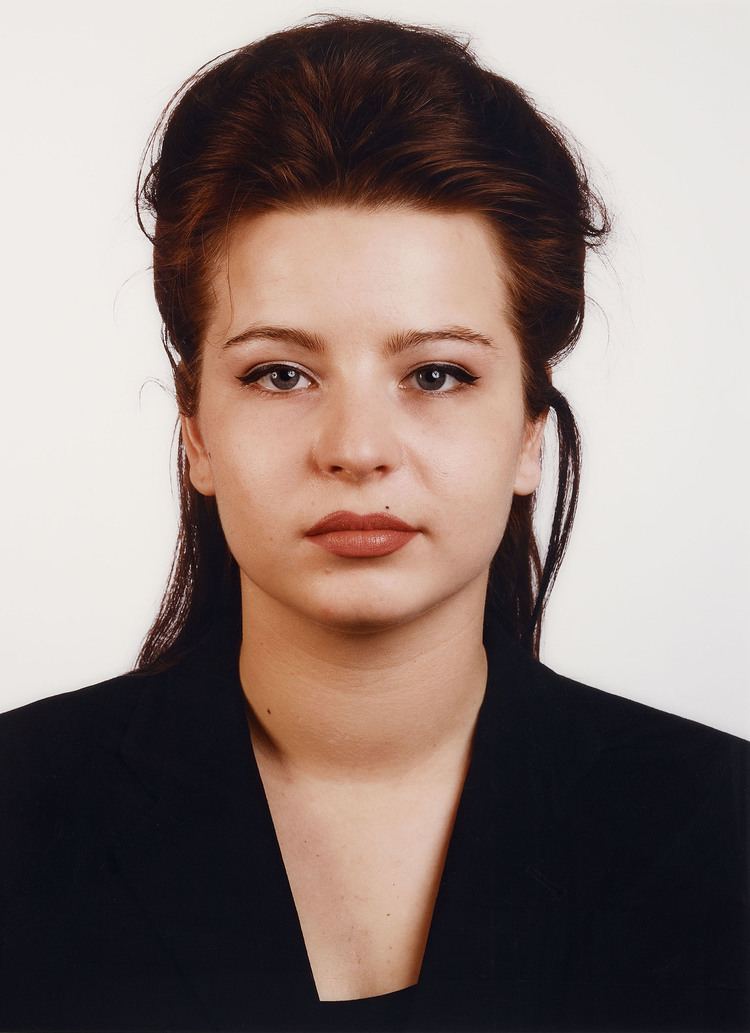
Ruff intended that large groups of the approximately eight-by-ten-inch color portraits would be hung together, so to add variety he photographed each person against a colored backdrop.
Hauser
The series Hauser was created between 1987 and 1991. Ruff's building portraits are likewise serial, and have been edited digitally to remove obstructing details – a typifying method, which gives the images an exemplary character. Of these Ruff notes, "This type of building represents more or less the ideology and economy in the West German republic in the past thirty years." Architects Herzog & de Meuron soon became aware of this form of architecture photography and invited Ruff to participate in their entry for the Venice Biennale of Architecture in 1991 with a photograph of their building for Ricola.
In 1999 the artist made a series of digitally altered photographs of Modernist architecture by Mies van der Rohe. The series l.m.v.d.r. - the initials of the architect - began as a commission offered to Ruff in 1999–2000 in connection with the renovation of Haus Lange and Haus Esters in Krefeld, Germany. Having worked with architectural subject matter since the mid-1980s, Ruff was enlisted to photograph the Krefeld buildings as well as the Barcelona Pavilion and the Villa Tugendhat in Brno.
Sterne, Nacht and Zeitungsfotos
These first series were followed in 1989 by images of the night sky, Sterne, which were not based on photographs by Ruff, but rather on archived images ('Catalogue of the Southern Sky', including 600 negatives) he had acquired of the European Southern Observatory in the Andes in Chile. These photographs of the stars, taken with a specially designed telescopic lens, are described and catalogued with the precise time of day and exact geographic position. From these photographs, Thomas Ruff selected specific details which he then enlarged to a uniform grand scale. In the years from 1992 to 1995, during the first Gulf War, Ruff produced his Nacht series (1992–96), night images of exteriors and buildings using the same night vision infrared technology developed for use, both military and in broadcast television, during the Gulf War. From 1994 to 1996, these were followed by Stereoscopy images, and another series in the 1990s, Zeitungsfotos, consisted of newspaper clippings enlarged without their original subtitles.
Nudes
In 2003, Thomas Ruff published a photographic collection of "Nudes" with a text by the French author Michel Houellebecq. Ruff's images here are based on Internet pornography, which was digitally processed and obscured without any camera or traditional photographic device. In 2009, the Aperture Foundation in New York published jpegs, a large-scale book dedicated exclusively to his monumental series of pixilated enlargements of internet-culled images, all compressed using the standard JPEG format. which intentionally uses JPEG artifacts. His Substrat series (2002–03), based on images from Japanese manga and anime cartoons, continued this exploration of digitally altered Web-based pictures. However, he alters and manipulates the source material such that the work becomes an abstraction of forms and colors with no visual memory of the original source material. On February 7, 2011, one of his Nudes pictures appeared on the cover of New York Magazine.
Zycles, cassini, and ma.r.s.
The artist's series zycles and cassini draw from scientific sources. zycles are based on 3D renderings of mathematical curves that were inspired by Ruff's encounter with copperplate engravings found in 19th-century books on electromagnetism. Ruff translated these images via a 3D computer-modeling program, but instead of his usual flattening, gives volume to 2D. The results are large, inkjet prints on canvas of colored lines and swirls. The cassini works are based on photographic captures of saturn taken by NASA. Ruff has transformed the raw black-and-white prints with interjections of saturated colour. In the ma.r.s. series, also sourced from the NASA website, Ruff has transformed the raw black and white fragmentary representations of the planet Mars with interjections of saturated color. He also digitally changed the perspective. In addition to the large C-prints, he has experimented for the first time with 3D image-making.
Photograms
In his recent work, Ruff engages with the photogram, the cameraless technique advanced by Man Ray, Laszlo Moholy-Nagy, and others in the early twentieth century. The photograms series depict abstract shapes, lines, and spirals in seemingly random formations with varying degrees of transparency and illumination. Both the objects and the light in Ruff’s photograms derive from a virtual darkroom built by a custom-made software program.
After a number of collaborations with Swiss architects Herzog & de Meuron, the firm designed a studio building for Ruff and Gursky in Dusseldorf.
Selected exhibitions
Ruff has exhibited widely since his first gallery show at Galerie Rudiger Schottle, Munich, in 1981. His work has appeared in Documenta 9 (1992), the Venice Biennale (1995 and 2005), the Biennale of Sydney (1996), and the Bienal de Sao Paulo (2002).
Collections
Ruff's work is held in the collections of many major museums, including the Metropolitan Museum of Art, New York; Hamburger Bahnhof– Museum fur Gegenwart, Berlin; Moderna Museet, Stockholm; The Art Institute of Chicago; Essl Museum, Klosterneuberg; Dallas Museum of Art; National Gallery of Victoria, Melbourne; Hirshhorn Museum and Sculpture Garden, Washington, D.C.; Wadsworth Atheneum, Hartford; National Museum of Photography, Copenhagen; Stedelijk Museum voor Actuele Kunst, Ghent; the Solomon R. Guggenheim Museum, New York; and the Ackland Art Museum, Chapel Hill, North Carolina.
Selected publications
Recognition
Art market
Ruff is represented by Gagosian Gallery, David Zwirner, New York, Johnen Galerie, Berlin, and Galerie Wilma Tolksdorf, Frankfurt.
